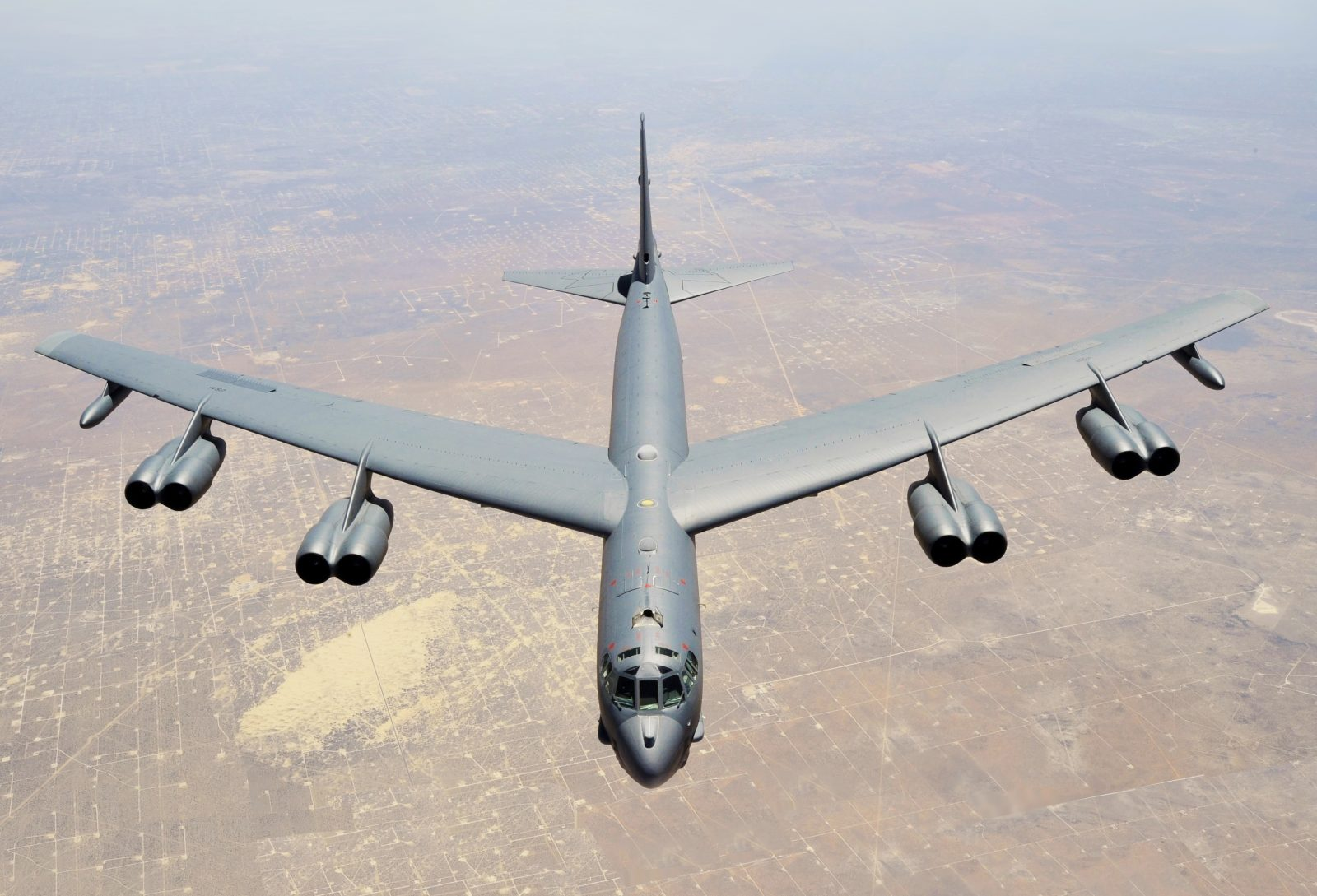
Few planes have made their mark as indelibly as the U.S. Air Force’s B-52 Stratofortress. Since coming into service in 1955, this slow-moving behemoth—whimsically referred to as the BUFF, for “Big Ugly Fat Fellow”—has flown through decades of international strife, from the jungles of Vietnam to the Syrian deserts, securing its position as an icon of American airpower. But with current air defenses becoming more acute and more rapid, questions are being raised: can a bomber conceived in the era of slide rules and vacuum tubes continue to function in an era of precision missiles and sophisticated radar webs?

The Air Force is apparently ready to bet heavily on the answer, investing $48.6 billion in the B-52J modernization program—the biggest makeover in the bomber’s long career. The goal is to keep the 76 remaining B-52Hs flying well into the 2060s. This isn’t a simple tune-up. At the heart of the update is replacing the six-decade-old Pratt & Whitney TF33 engines with new Rolls-Royce F130 turbofans, providing more range, better fuel efficiency, and greater reliability. Alongside the engines come modern digital avionics, upgraded communications, larger and more versatile weapons bays, and a next-generation AESA radar.

The plan is to team the revamped B-52J with the stealthy B-21 Raider as a complementary bombing duo. The B-21 would penetrate deep into defended airspace, and the B-52J would stay back, attacking from safe distance with precision-guided munitions, including future hypersonic missiles.

But upgrading a 70-year-old airframe with a 21st-century brain is no simple matter. The B-52 was never intended to carry advanced electronics. Every improvement—be it an engine, radar, or cockpit screen—takes painstaking engineering, many hours of testing, and innovative troubleshooting. Heather Penney, a retired F-16 pilot with the Mitchell Institute for Aerospace Studies, says flat out: “These are programs that are long overdue and necessary if the B-52 is going to do what we need it to do today and in the decades to come.”

So far, perhaps the most challenging item is the radar. The old AN/APQ-166 system is troubled by parts obsolescence and lack of reliability, so the intention is to add Raytheon’s AN/APQ-188 AESA radar from fighter aircraft on loan. The new radar offers more precise targeting, improved navigation, resistance to jamming, and the capacity to guide networked advanced weapons.

But the program has encountered speed bumps: prices have increased more than 15 percent, technical issues have pushed the timeline out for operational capability, and Congress has examined the program under a Nunn-McCurdy provision. Options other than radar are being researched, but changing vendors would risk adding more delays.

Outside of electronics, spare parts continue to be a problem. The B-52 airframes are rugged, but the supporting equipment is largely from the 1960s. An audit has shown part inventory gaps and lack of tracking, prompting crews to cannibalize aircraft simply to keep others in flight. Mission-ready rates have fallen from close to 80 percent in 2012 to below 60 percent today. Fixes are being made to repair supply chains and logistics, but they have been irregular.

So why continue flying the BUFF at all? The reason is straightforward: no other plane has its range and payload. With a 185-foot wingspan and the capacity to carry 70,000 pounds of bombs almost 9,000 miles, the B-52 can deliver conventional bombs or cruise missiles. It can hang for hours over a target, attack from outside the range of most defenses, and evolve into new missions—hypersonic delivery, for example, or serving as a command center for drone systems.

The pressure is real. The B-21 will not be ready until late in the 2030s, so the B-52J will still be a keystone of America’s long-range strike capability for a minimum of a decade longer. As Penney says, “Long-range strike is nonnegotiable. Bombers are it.”

However, the program remains under fire for cost and schedule delays. Lawmakers debate that money should be spent on quicker B-21 production, but others believe the B-52J’s unprecedented range and flexibility are worth continued investment. The Air Force has increased oversight and collaborates closely with Boeing to manage costs and keep projects on track.

The modernization of the B-52J is, in numerous respects, a juggling act between ambition, expense, and exigency. The Stratofortress has weathered several decades, evolving to accommodate precision-guided bombs, electronic warfare, and nuclear operations. Whether it can surmount today’s technical and logistical challenges will decide whether this Cold War behemoth can continue to be a central figure in the skies of the future.
